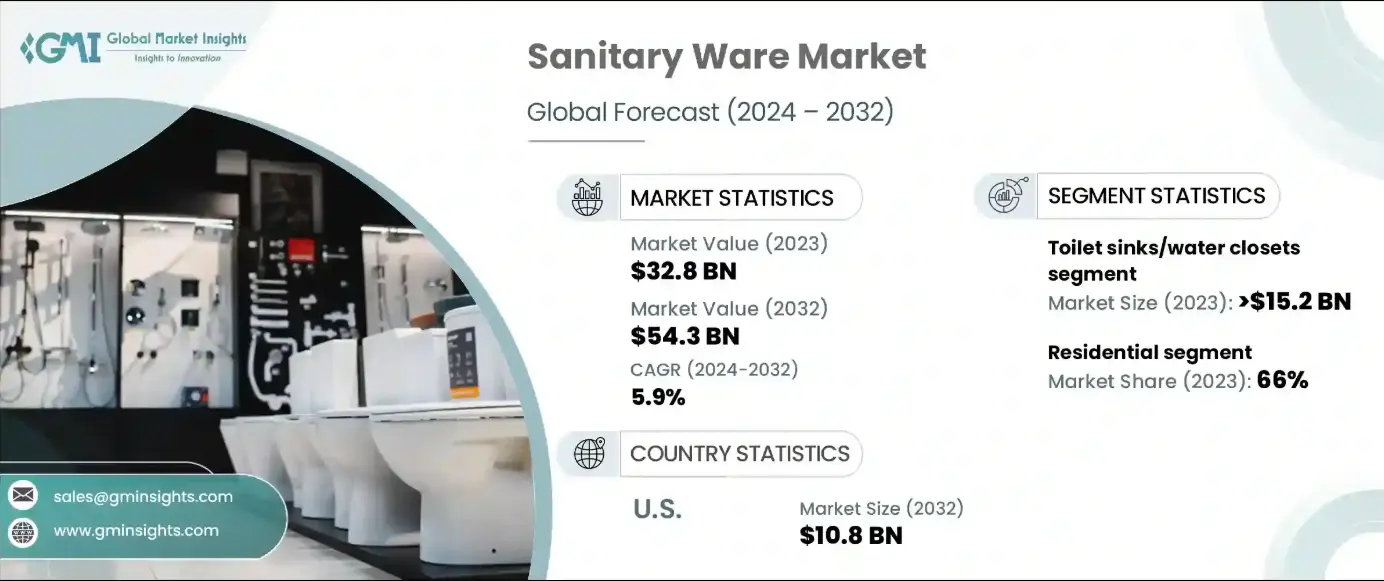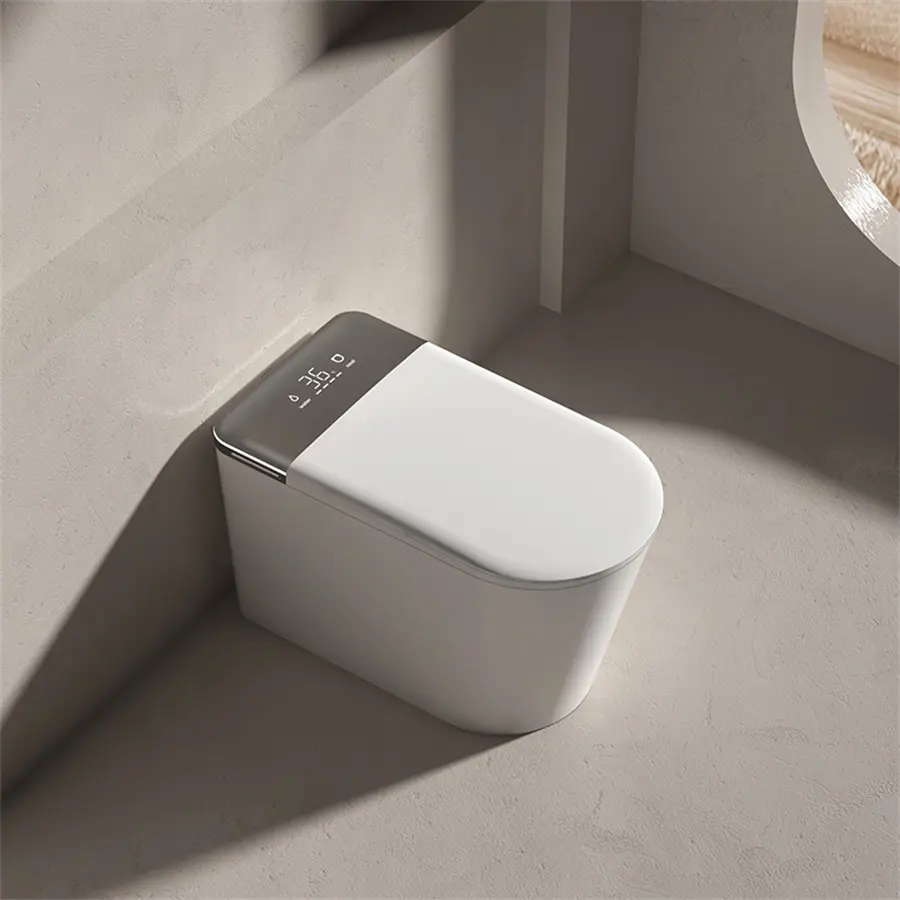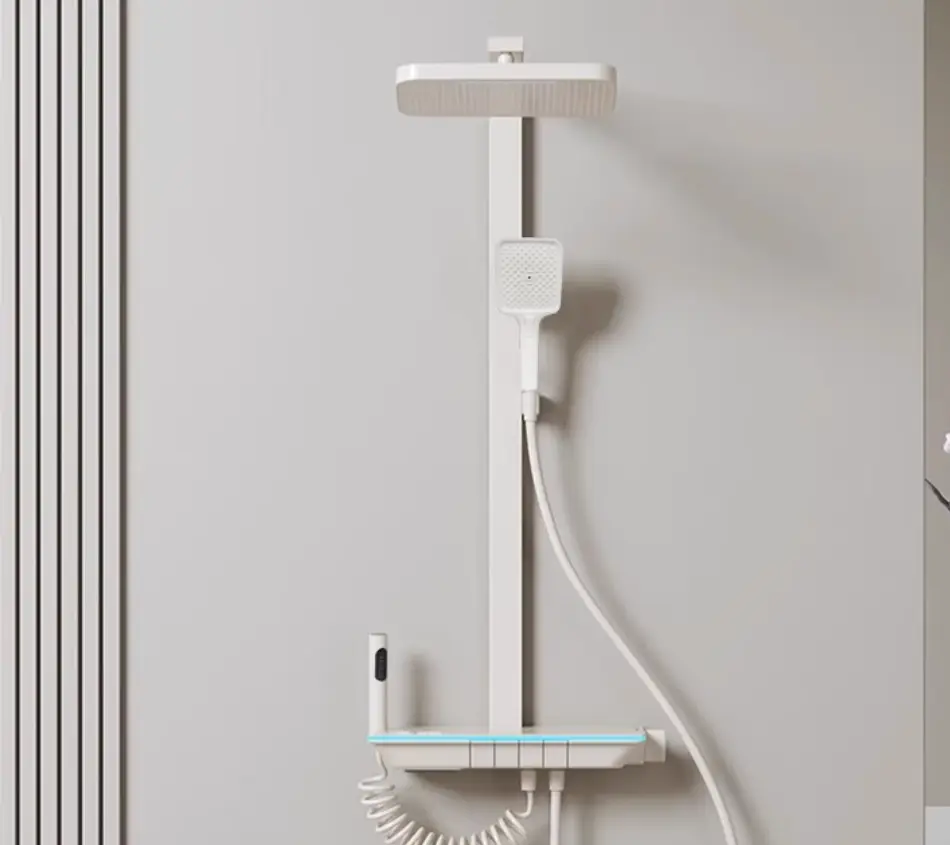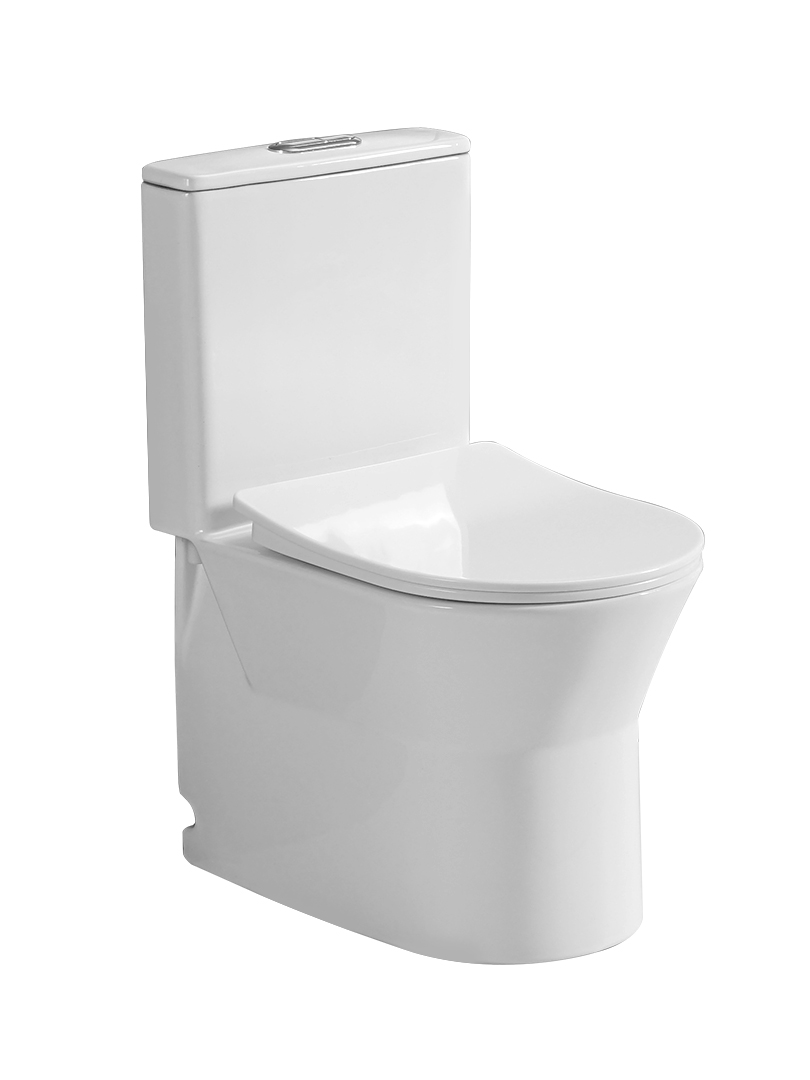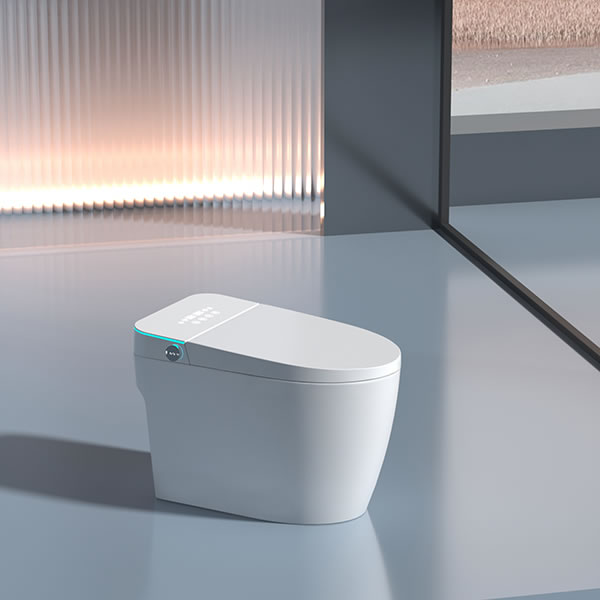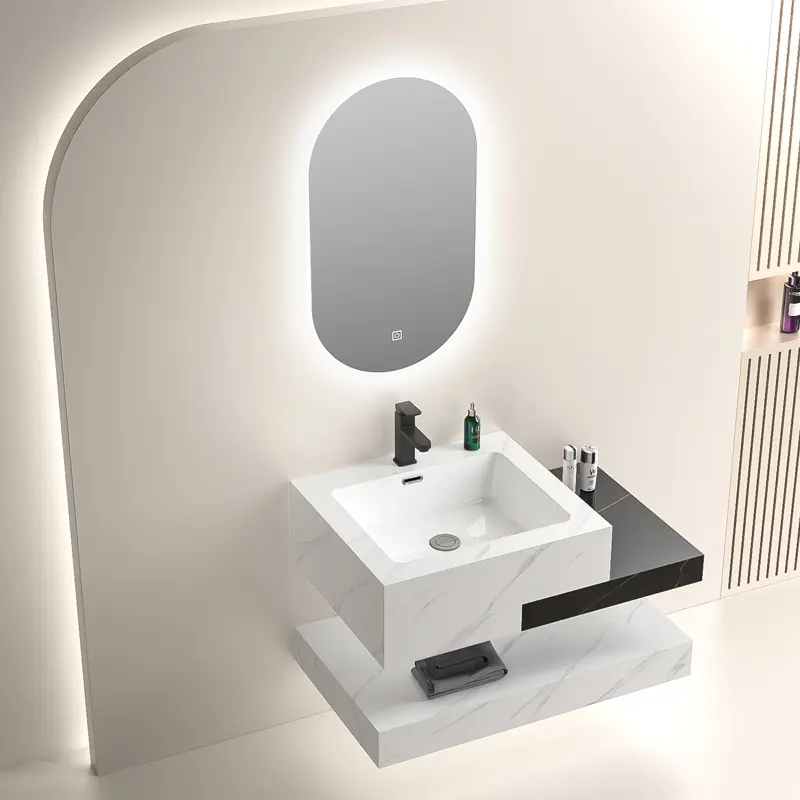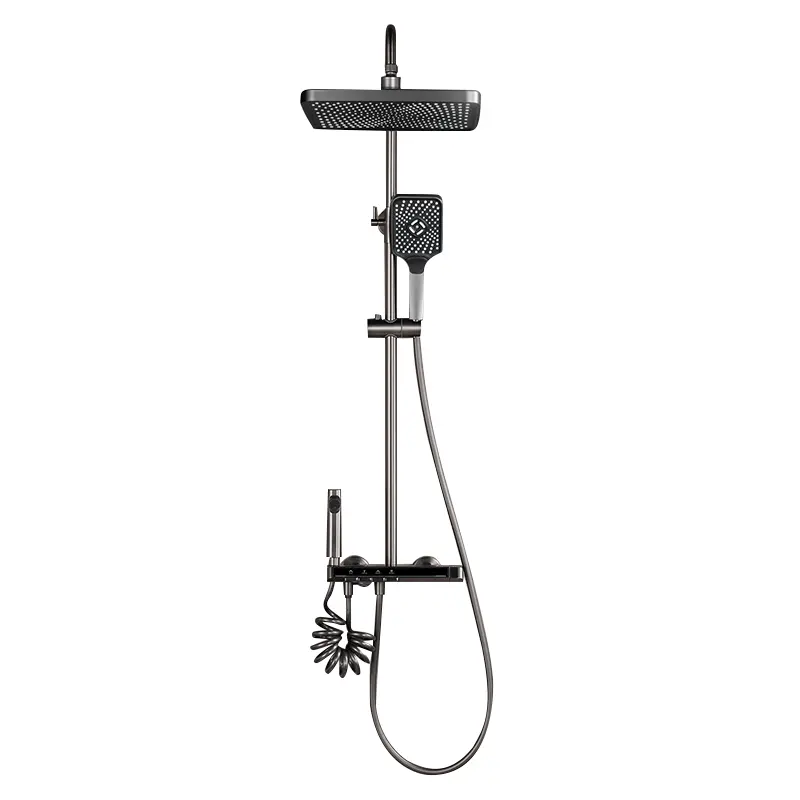What is the demand for sanitary ware?
Global Sanitary Ware Market Surges Amid Urbanization, Sustainability, and Smart Home Trends
The global sanitary ware market is experiencing robust growth, driven by urbanization, rising living standards, and a shift toward eco-friendly and intelligentize solutions. As cities expand and consumers prioritize hygiene, comfort, and innovation, the industry is poised for significant transformation in the coming years.
Market Size and Growth Projections
Valued at USD 33 billion in 2023, the sanitary ware market is projected to grow at a 5.9% CAGR from 2024 to 2032, reaching USD 55 billion by the end of the decade, according to industry analysts. Asia-Pacific leads the charge, accounting for 34% of global revenue in 2023, fueled by rapid urbanization in China, India, and Southeast Asia. China alone dominates as the world’s largest producer and consumer, with its market expanding due to infrastructure development and housing upgrades.
Key Drivers Shaping Demand
1. Urbanization and Construction Boom
The United Nations estimates that 68% of the global population will live in cities by 2050, driving demand for residential and commercial infrastructure. New housing projects, hotels, and public facilities require modern sanitation systems, including toilets, sinks, and showers. - In China, investments in real estate and urban renewal projects, such as the renovation of old residential areas, are boosting sanitary ware consumption. Similarly, India’s construction sector, projected to reach USD 1.4 trillion by 2025, is a major growth catalyst.
2. Sustainability and Water Efficiency
Environmental concerns and government regulations are pushing the adoption of eco-friendly products. Low-flow toilets, energy-efficient faucets, and water-saving technologies are gaining traction, aligning with global goals to reduce water waste. - For instance, smart sensors and automated systems in sanitary ware not only enhance efficiency but also meet green building certifications like LEED. 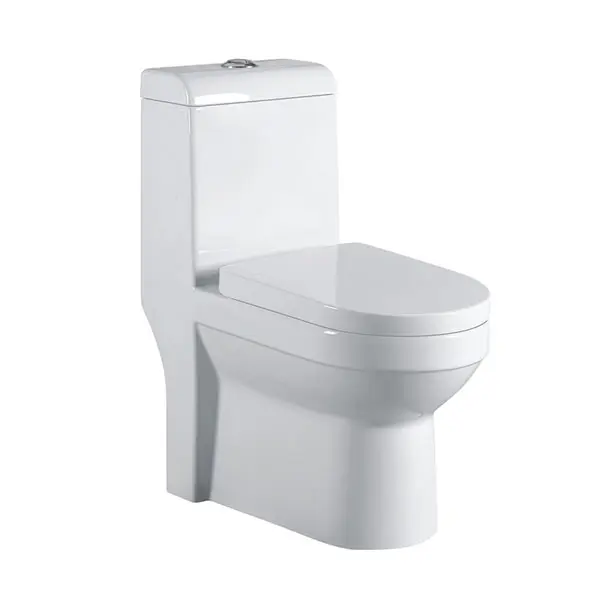
3. Smart Home Integration
The rise of smart cities and connected living has spurred demand for intelligent sanitary ware. Features like heated seats, motion-activated lights, and self-cleaning toilets are becoming standard in high-end markets. - China’s smart toilet market, for example, grew at a 20.97% CAGR between 2018 and 2022, reflecting strong consumer appetite for convenience and innovation.
4. Consumer Preferences and Upgrading Demand
As disposable incomes rise, consumers increasingly seek premium, aesthetically pleasing products. Minimalist designs, wall-mounted fixtures, and customizable solutions are trending, particularly in urban households. - Renovation projects, driven by aging infrastructure and lifestyle changes, further contribute to demand. In the U.S., over 150 million new homes were built in 2023, mirroring trends in emerging economies.
Regional Dynamics
Asia-Pacific remains the epicenter of growth, supported by population density, economic development, and government initiatives. China’s “Build Beautiful Countryside” campaign and India’s focus on urban infrastructure are key drivers.
Europe and North America prioritize sustainability and technological innovation, with a strong emphasis on water-efficient and smart products.
Latin America and the Middle East are emerging markets, fueled by infrastructure investments and improving living standards.
Challenges and Opportunities
While the outlook is optimistic, the industry faces hurdles:
Raw Material Costs: Fluctuations in prices of clay, quartz, and metals impact production expenses.
Maintenance and counterfeit: High-end products often require specialized installation, while cheap imitations threaten market integrity.
Regulatory Pressures: Stringent environmental standards and trade policies, such as the U.S. Buy America Act, necessitate compliance and innovation.
Opportunities lie in niche markets, such as accessible sanitary ware for elderly or disabled users, and regional expansion into underserved areas. Additionally, partnerships between manufacturers and tech firms to integrate IoT solutions could unlock new revenue streams. 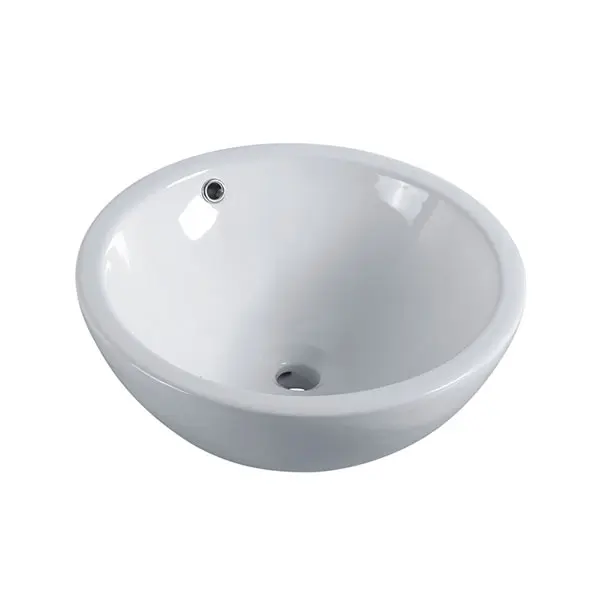
Future Trends
1. Advanced Materials: Ceramic composites, titanium alloys, and antimicrobial coatings are enhancing durability and hygiene.
2. Circular Economy: Recyclable and locally sourced materials are gaining traction to reduce environmental footprints.
3. Digitalization: Augmented reality (AR) tools for virtual bathroom designs and predictive maintenance services are emerging.
4. Health-Centric Innovations: Products with built-in air purifiers, UV sterilization, and health monitoring features are becoming popular.
Conclusion
The sanitary ware industry is undergoing a transformative shift, blending functionality with sustainability and technology. As urbanization accelerates and consumer expectations evolve, companies that prioritize innovation, eco-friendly practices, and smart solutions will lead the market. With Asia-Pacific at the forefront and emerging regions catching up, the future of sanitary ware promises to be both dynamic and inclusive. As cities continue to grow and lifestyles change, the demand for sanitary ware will remain a cornerstone of global infrastructure development, shaping healthier, smarter, and more sustainable living spaces.

